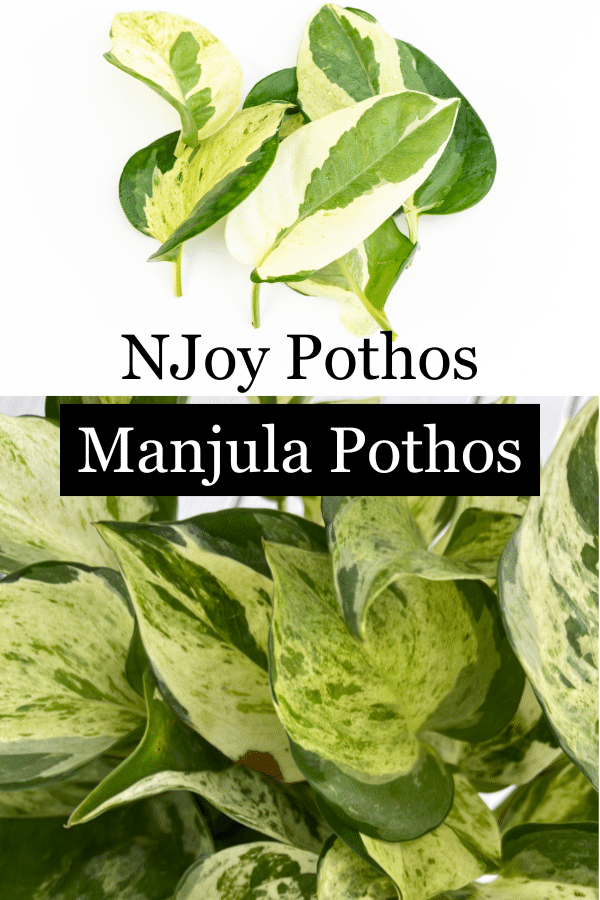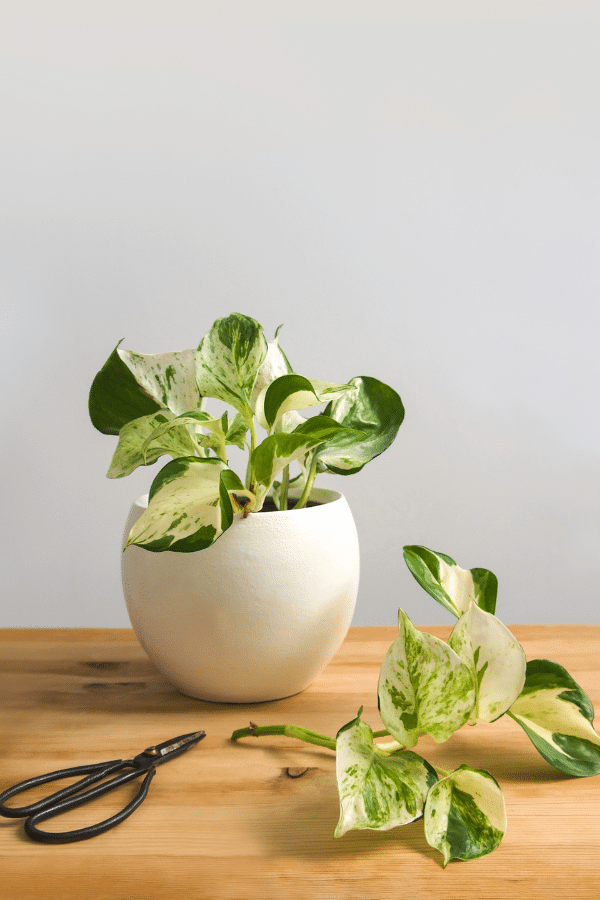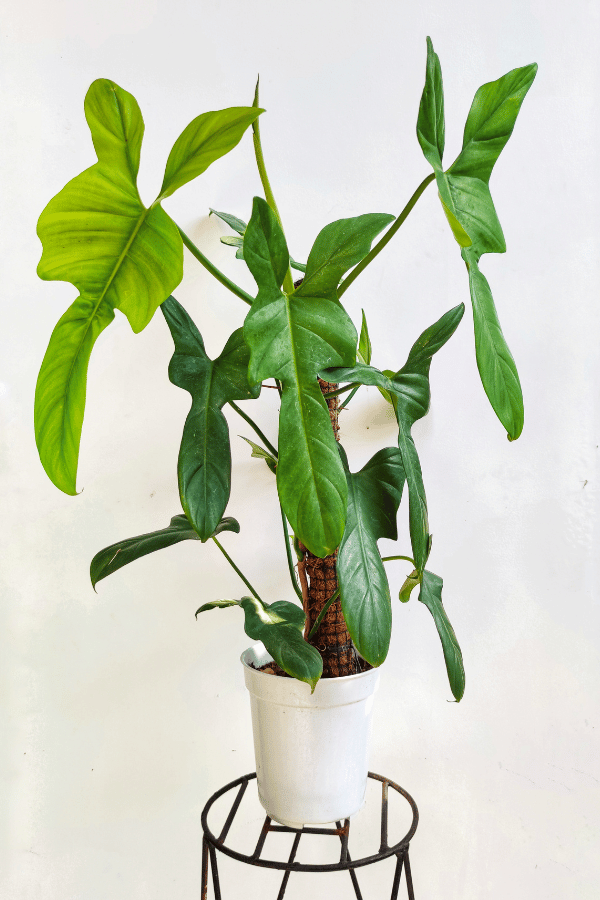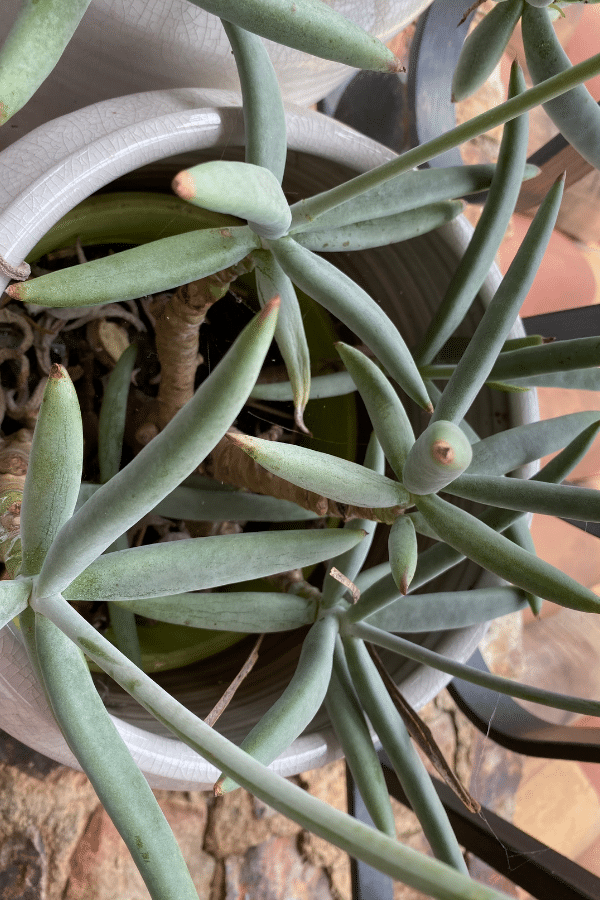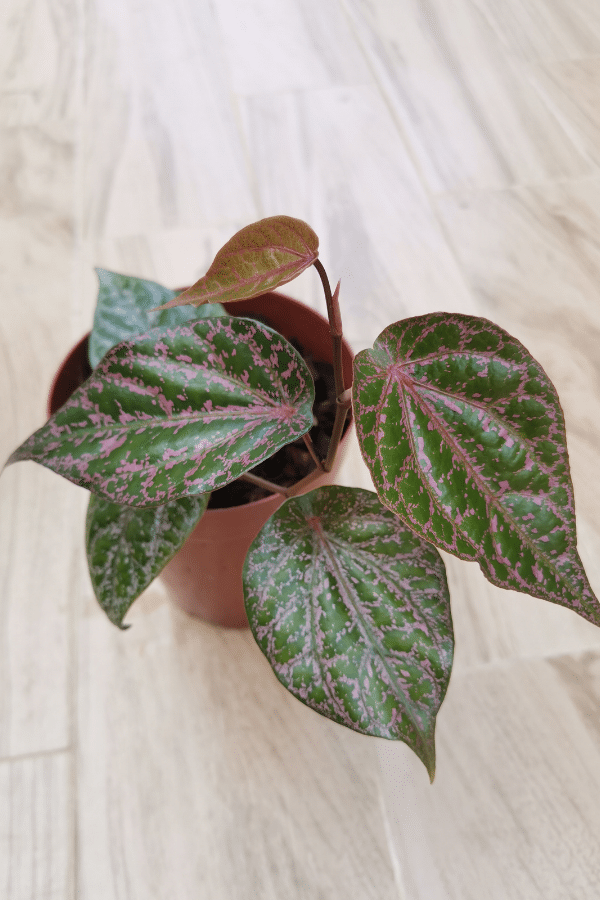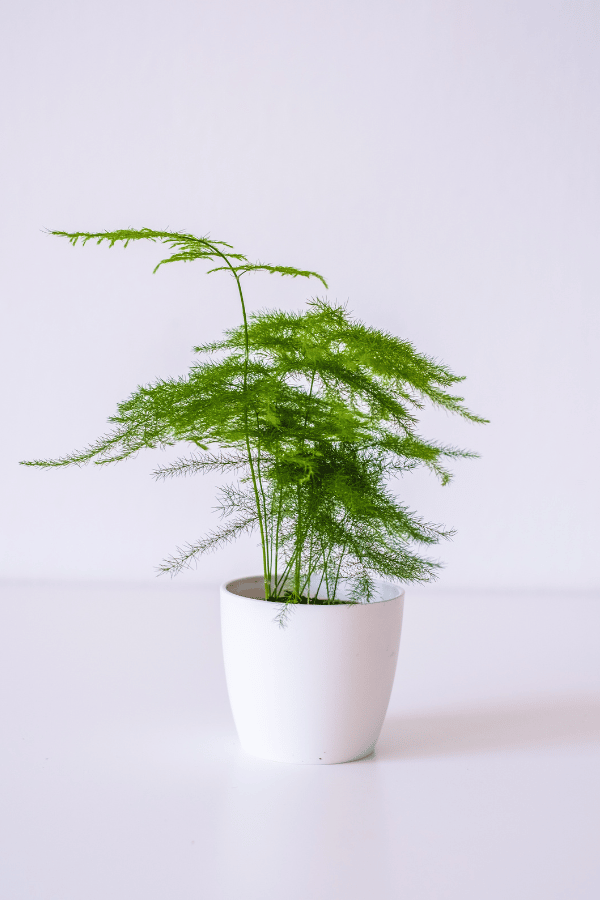10 Best Winter Houseplants That Will Survive the Cold Season
As winter is fastly approaching, you may be wondering what are the best winter houseplants that will survive? Spring and summer are when houseplants thrive. They get plenty of sunlight, lots of fresh air from the windows being open, and have good humidity levels. Depending on what zone you are in, houseplants can be left outside for the summer, which helps them grow even more. But when fall and winter come, houseplants are susceptible to dry air, drafty windows, and cooler temperatures. Some plants cannot tolerate these conditions and will not survive through the winter.
Here are the 10 best winter houseplants. Most of these plants will survive just fine through the winter while not doing anything extra for them, while other plants need a bit more care and/or moving around for the wintertime.
ZZ Plant (Zamioculcas Zamiifolia)

The ZZ plant has long been known as one of the hardest houseplants to kill. This plant is one of the best winter houseplants as it is highly tolerable to almost any condition. It likes bright light or low light, just don’t give it direct sunlight. The ZZ plant doesn’t need to be watered all of the time, it actually likes when it is dry for a day here and there. Ensure the soil is dry before watering.
This houseplant has a high outcome that it will survive the winter as it is so adaptable. Give it moderate lighting in the winter, maintain a humidity of at least 45%, and don’t set it directly next to windows or forced air vents.
Snake Plant (Sansevieria ‘Laurentii’)

Snake Plants are another low-maintenance houseplant for winter that will be easy to care for. Just like the ZZ plant, this plant is not picky as to how much sunlight it receives. Killing this plant is hard to do, but some of the most common reasons it does die is if it gets watered too much or if the plant gets too cold.
This is one of the best winter houseplants most likely to survive. The snake plant will go dormant in the winter months, so if you don’t see any new growth, there’s no need to worry. It will start growing again in the spring time.
Rubber Plant (Ficus Elastica)
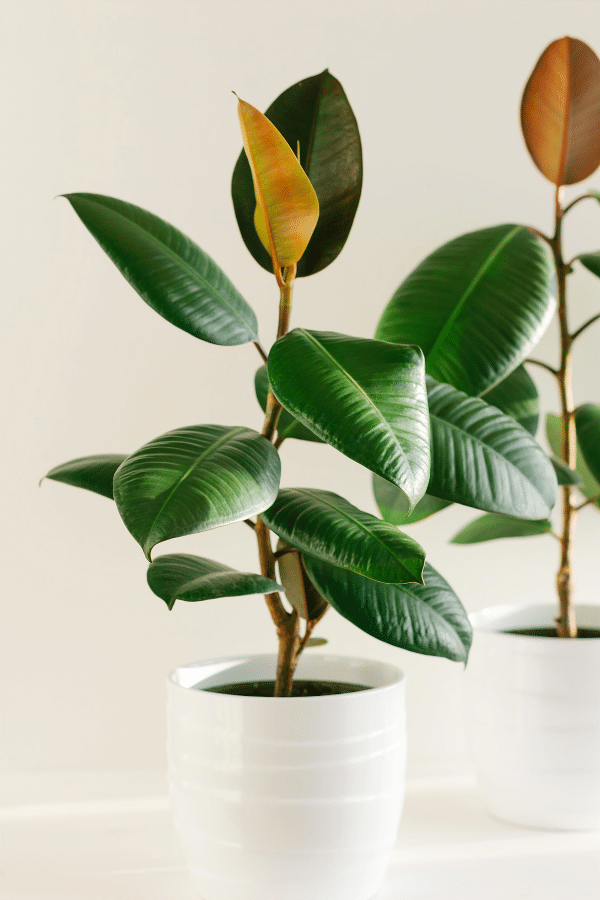
The rubber tree is actually one of the best air-purifying houseplants, which makes it great for winter houseplants as the peak cold season is December-March. The rubber tree has been shown to absorb mold spores, air toxins, and bacteria from the air.
This winter houseplant needs bright, indirect light and with this plant, you don’t need to worry about the humidity levels in your home. Keep the soil moist but cut back on the watering in winter. The rubber tree has sap in the stems, which can be very irritating and toxic to humans, dogs, and cats. Be sure to not let your pets near them and wash your hands if you come into contact with the sap. As these plants grow such big leaves, make sure to dust the leaves off so they can absorb the light and grow to their fullest.
Aloe (Aloe Vera Barbadensis)

There are over 500+ species of aloe plants. For one of the hardiest winter houseplants, I have to mention the aloe vera barbadensis. Aloe vera is a great winter houseplant option as it’s a hardy houseplant and can tolerate a little neglect. This plant needs 2-3 hours of direct sunlight year-round (no more, or no less), making it a great winter houseplant as there’s less daylight during the winter season.
This plant is susceptible to rotting if it is given too much water. Aloe vera stores water in its leaves so you can go a few weeks to a month not watering this plant. In the wintertime, it will need significantly less water than it does in the summertime. The one thing I like most about the aloe vera as a winter houseplant is that it grows through winter and has a big growth spurt in spring, so I can use the leaves for a cooling effect when I get that summer burn.
Fiddle Leaf Fig Tree (Ficus Lyrata)

Fiddle Leaf Figs are not only one of the most popular houseplant, but they are also a finicky houseplant. This is a rainforest plant that we have now turned into a houseplant. It will need some extra care to make up for this.
These houseplants are particular in the sense that they like a lot of sunlight, but not too much. They like their soil moist, but not soaking wet. They really don’t like dry air and drafts. So why is this a good winter houseplant? The fiddle leaf fig will go through a period of dormancy in the winter, like a lot of other plants will. As long as you don’t place it in front of a vent or a drafty window, but expose it to enough light, this plant should make it through the winter! Fiddle Leaf Figs like a high level of humidity, so for the winter invest in a humidifier for the plant and possibly a grow light to ensure the fiddle leaf fig gets enough sunlight.
Jade Plant (Crassula Ovata)
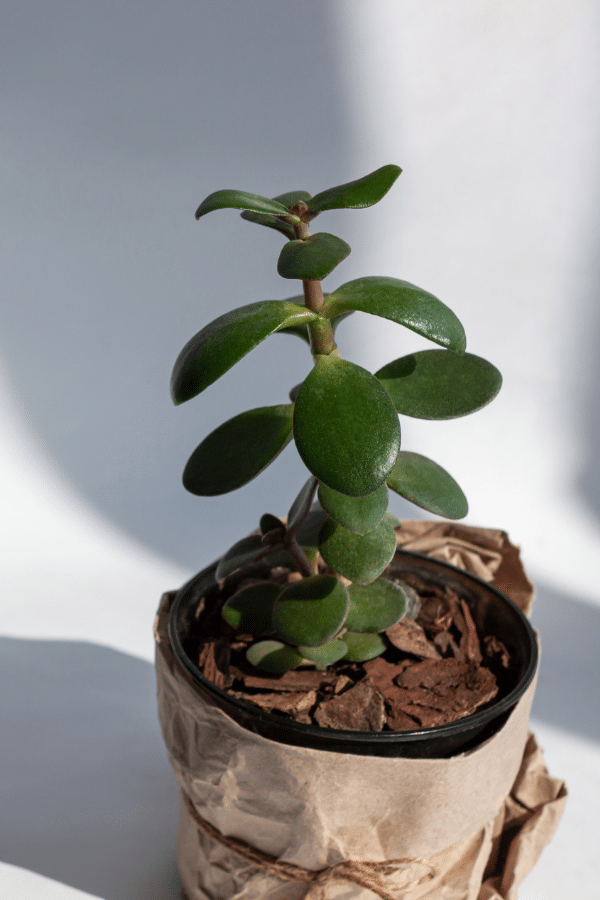
The jade plant is such a low-maintenance succulent and houseplant. With the proper care, these plants can live for generations. They are tolerable of many different environments, making them perfect for winter houseplants.
Overwatering is one of the most common reasons why a jade plant dies so be careful to not overwater these plants, as they store water in their leaves. Jade plants like to be kept in an environment between 65-75F but can tolerate up to 50F occasionally. These plants need a lot of space to grow if you want them to get full and tall. Give the jade plant at least 4 hours of sunlight every day or place it near a south-facing window. Check the plant every watering for pests, as mealybugs and scale are common pests this plant attracts.
Prickly Pear Cactus (Opuntia Ficus-Indica)
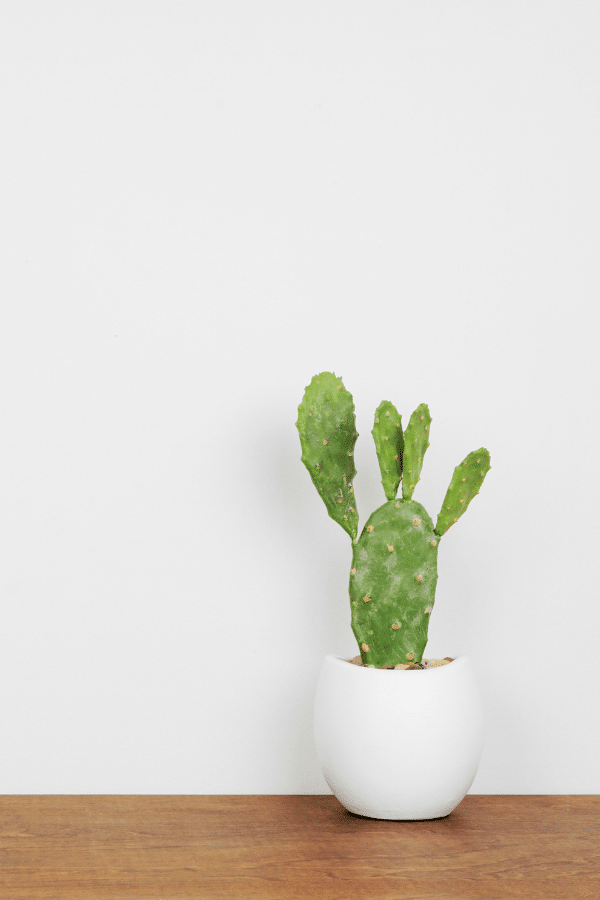
The prickly pear cactus needs a dry environment to thrive, so that’s why it makes for one of the better winter houseplants when the air in your home is extremely dry. The round flattened pads this cactus grows makes for a unique houseplant.
The prickly pear cactus needs about 6-8 hours of sunlight per day. Be sure to give it plenty of room to grow as it will grow wider (5-6 ft) more than it will grow taller (2-3 ft). Be careful to not touch this plant without wearing gloves as the glochids that come out of the flattened pads are very sharp. The unique thing about this plant is that it actually grows fruit that you can eat raw or make into drinks, candies, or on top of salads. It takes about 3-4 years for this plant to produce fruit. But if you give it plenty of sun and don’t water it too often (only 1-2x/month) it could produce the prickly pear fruit.
Ponytail Palm (Beaucarnea Recurvata)

A Ponytail Palm is very low maintenance, making it one of the best winter houseplants. This houseplant will add a lot of character into your home just by how this plant looks with all of the curly long stems that flow down the trunk beautifully.
This plant thrives on neglect, meaning it does not need a lot of attention in order to thrive. Simply find a sunny spot for it, water it once the soil is dry, and give it a little trimming when the ends of the leaves start to discolor. The ponytail palm likes to be kept between 60-80F with dry air, but don’t place it in front of drafty windows or a vent in your house. One of our favorite things about this plant is that it is non-toxic to humans, dogs, and cats, so you don’t need to worry about the aftermath of anyone getting into this plant!
Green Heartleaf Philodendron (Hederaceum)

The heartleaf philodendron is a very easy plant to grow. The stems love to grow and grow, so you can either have this as a trailing houseplant, which looks great in a hanging basket, on a bookshelf, or a shelf. Or you can train it to grow bushy by pruning and pinching the stems back.
Allow this plant to completely dry out between waterings. This plant can tolerate dry air but it likes to be kept at least 40% humidity, which your house should be at during the winter with nothing extra to do. These plants are toxic to humans, dogs, and cats so if you have the space to hang philodendrons and let them trail, that might be the best spot for them to keep worries at bay. The low humidity and low maintenance of the heartleaf philodendron is why it makes such a great winter houseplant.
Dragon Tree (Dracaena Marginata)

The dragon tree makes for one of the happier winter houseplants as it does not require a ton of humidity (great for dry, winter air) and can thrive in bright, indirect light, or medium lighting.
This tree likes to be kept around 70-80F year-round and can grow up to 6 feet tall as a houseplant. It does not need a ton of water, only water when the soil feels completely dry to the touch. This is a very easy houseplant to take care of!

